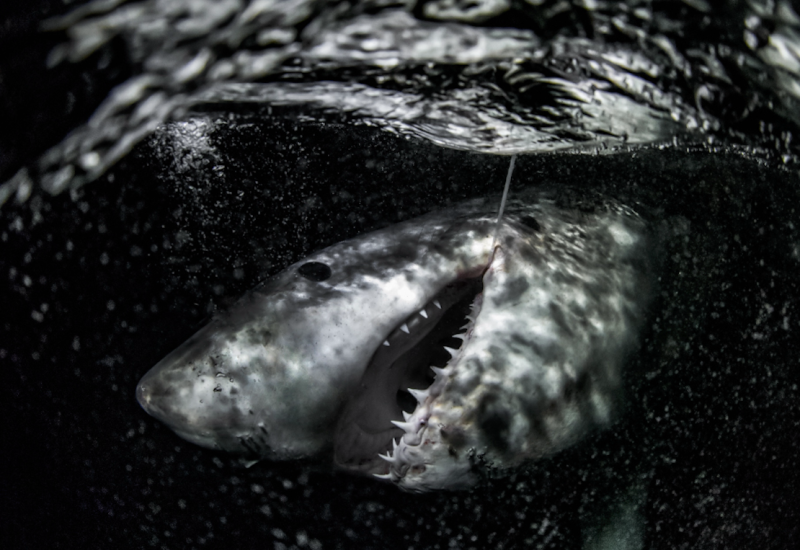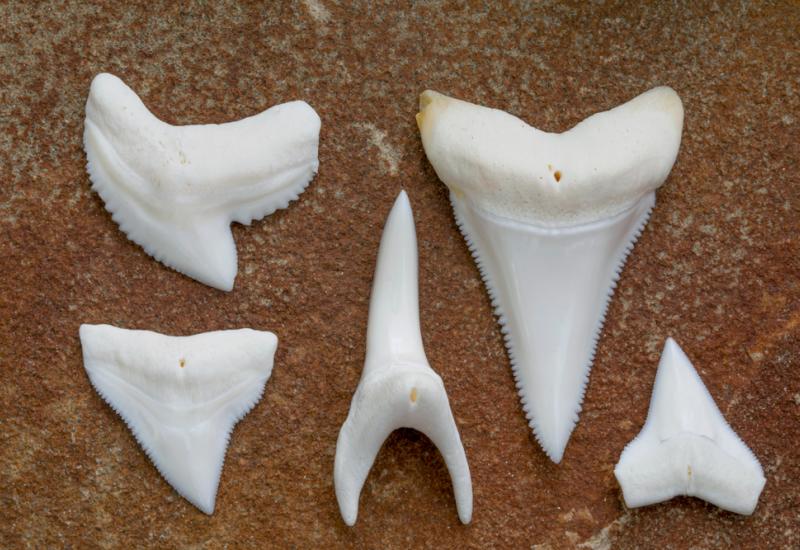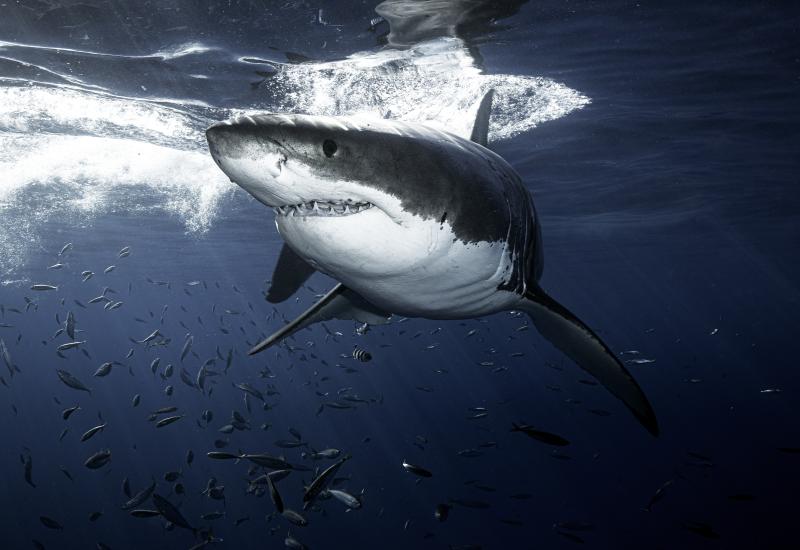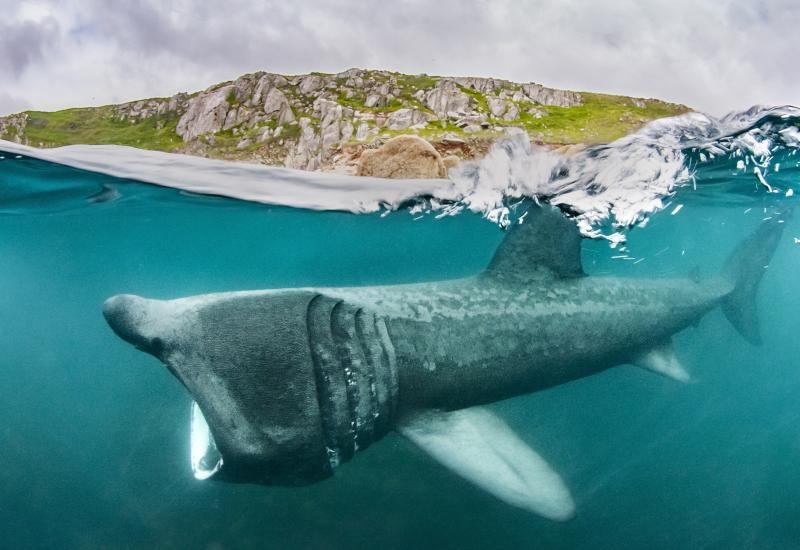Amazing Shark Facts You Haven’t Heard a Million Times
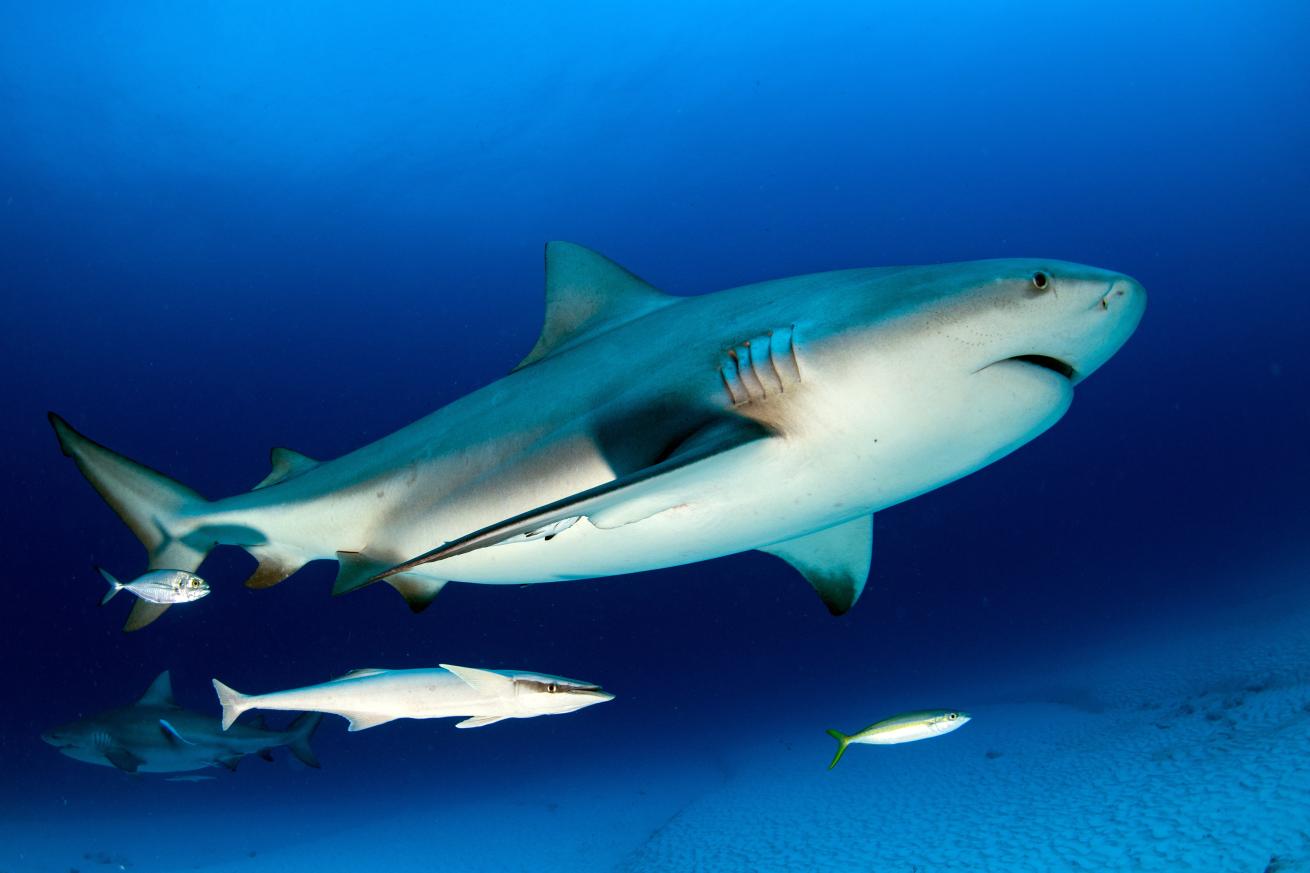
Andrea Izzotti/shutterstock.comA bull shark off the coast of Mexico.
As a lifelong shark enthusiast, I find myself frustrated by articles titled “Amazing Things You Didn’t Know About Sharks” that are full of facts I knew when I was 8 years old. As a marine conservation biologist and public science educator, I find myself furious when some of those articles contain “facts” that simply aren’t true. After all, when concerned citizens like you don’t accurately understand what’s happening in the ocean, you are less likely to support science and evidence-based conservation solutions. With that in mind, I wanted to use the Science Stop column to give you some new fun facts about sharks to impress your dive buddies with during your next surface interval.
1. Bull sharks are absolutely not the only species of shark that can enter fresh water.
Everybody knows that bull sharks can enter fresh water, a fact that’s on just about every “amazing facts you didn’t know about sharks” list. However, many of those lists and just about every Shark Week special I’ve ever seen that features bull sharks, wrongly claims that they are the only species that can do this. Dozens of species of sharks and their relatives can spend some or all of their time in fresh or brackish water! There is even a whole genus of “river sharks”—called Glyphis—that live almost their entire lives in fresh water. These are also some of the most endangered sharks in the world. Protecting sharks requires protecting their habitats, which requires knowing where their habitats are!
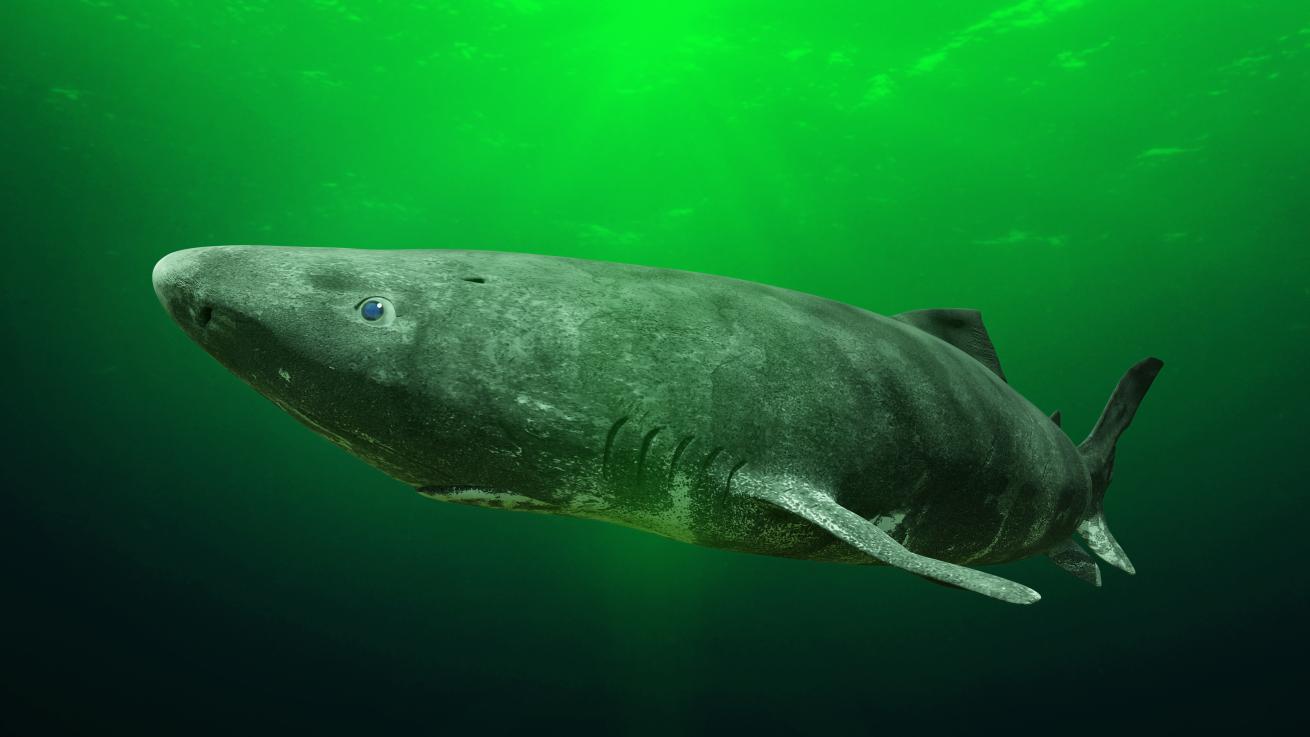
Dotted Yeti/shutterstock.comA 3D illustration of a Greenland shark.
2. Greenland sharks, which can live for centuries, eat polar bears and reindeer.
Greenland sharks, an Arctic species perhaps best known for having a weird eye parasite that renders many adults totally blind, got a lot of publicity two years ago for being the longest-lived known vertebrate (they may live to be more than 400 years old, and might not become reproductively mature adults until they are 150 years old!). But did you know that scientists analyzing their stomach contents have found not only Arctic fishes, but large Arctic land mammals, including polar bears and reindeer? We don’t know if they’re scavenging polar bears that drown or if they are actively hunting, but in my professional opinion, a polar bear swimming between ice floes would be quite vulnerable to getting slurped up from below and behind by a Greenland shark! I’m working on a Greenland shark conservation research project and will share how you can help these amazing animals soon on my social media pages.
3. After mating, female sharks can store sperm inside their bodies until the conditions are right for reproduction—sometimes for years!
Some sharks lay eggs and some sharks give live birth, which is cool, but certainly not something that you probably didn’t know. But did you know that females of some species of sharks can store sperm inside themselves after mating until conditions are right to give birth, and that the record for doing this is four years?
4. Sharks that swallow something that isn’t food can expel the foreign object right through the side of their body—without leaving a trace.
Sometime in 2016, a poor lemon shark swallowed a piece of metal. This particular lemon shark was a frequent visitor to a popular dive site, which allowed scientists to thoroughly document what happened next by using a series of photos from divers. (Yes, scuba divers can be a critical part of science!) Over the course of several weeks, the piece of metal started emerging from the side of the shark’s body, eventually exiting the body entirely. A few weeks later, there was no sign of any injury in that location! This is amazing on its own, but among other things, it means that swallowing a piece of metal like a small fishing hook is probably not a major threat to sharks, so scuba divers who don’t know what they’re doing should probably not risk actually injuring a shark trying to remove a hook.
There are at least 509 scientifically recognized species of sharks, a group of animals that evolved before trees and have adapted to just about every watery habitat on the planet. We don’t need to recycle the same old tired facts about how big some sharks get or a suit of armor found in a tiger shark stomach that one time. If you drop one of these facts and impress a dive buddy, let me know through my contact info below!
Volume 2: Even More Amazing Shark Facts You've Never Heard Of
About David Shiffman
Dr. David Shiffman is a marine conservation biologist specializing in the ecology and conservation of sharks. An award-winning public science educator, David has spoken to thousands of people around the world about marine biology and conservation, and has bylines with the Washington Post, Scientific American, New Scientist, Gizmodo and more. Follow him on Twitter, Facebook and Instagram, where he’s always happy to answer any questions about sharks. Please direct any questions or hate mail to [email protected].

Josh LibermanDr. David Shiffman
About Science Stop with Dr. David Shiffman
Before you surface from a deep scuba dive, you make a safety stop. Before you take a deep dive into the complicated world of ocean conservation, I encourage you to make a science stop by reading this column. The global environmental challenges we face can seem overwhelming, and concerned citizens, especially people like scuba divers who love spending time in the ocean, want to help do their part to fix these problems. However, with lots of conflicting, misleading or just plain wrong information out there about environmental problems and how you can help solve them, it can be hard to know how to help. In some cases, well-intentioned but misinformed activists not only fail to help solve a problem, but can actually make the problem worse, or harder to solve! Put simply, if we’re going to fix the massive problems facing the ocean, the details matter, and those details can be confusing! In this monthly column, my goal is to teach you the true scientific facts behind some of the most pressing threats facing the ocean and the solutions experts believe will help solve them. I will also try to dispel common misconceptions about these threats and their solutions.

